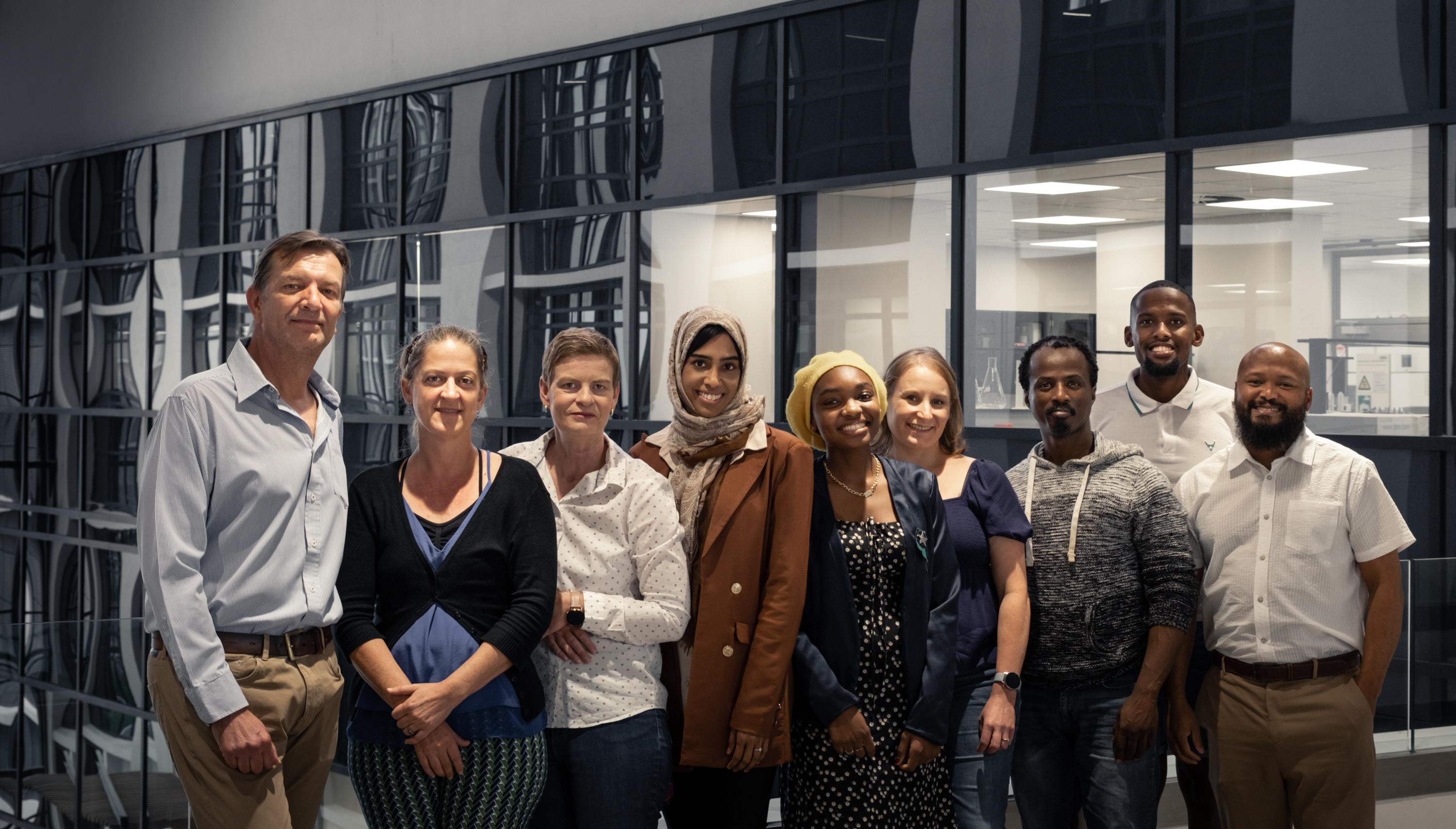Prof Hans Strijdom, Head of the Division of Medical Physiology in the Faculty of Medicine and Health Sciences (FMHS) at Stellenbosch University, delivered his inaugural lecture on Tuesday 15 August 2023. The title of his talk was “The vascular tree of an academic career: tortuous, turbulent and dysfunctional, interspersed with glorious moments of laminar flow".
Strijdom, who is also the deputy director of the Centre for Cardiometabolic Research in Africa at the FMHS, spoke to the Corporate Communication and Marketing Division about how his research team's work on the innermost lining of blood vessels is aimed at preventing heart disease.
Tell us more about your research and why you became interested in this specific field.
My overarching research interest is in the field of cardiovascular physiology, pathophysiology (the study of abnormal changes in body functions that are causes or consequences of disease processes) and disease. Since 2014, I started focusing on vascular biology, which is the study of blood vessels and vascular endothelium (the innermost lining of blood vessels), as well as the interaction between HIV-infection and cardiometabolic disease. My interest in this field is in part a result of my clinical background and experience of seeing so many patients with potentially reversible lifestyle diseases, and in part prompted by the fact that the vascular system is the birthplace of most of the common cardiovascular disease conditions.
How would you describe the relevance of your work?
Ultimately, my research team and I aim to contribute to the generation of new, and expansion of existing, knowledge on cardiometabolic disease in the South African and sub-Saharan African context. Unfortunately, existing epidemiological and mechanistic (fundamental biomedical research) cardiovascular data are mainly from European and North American studies, which are not always relevant to our context. This gap must be addressed so disease management and treatment strategies can be developed that are appropriate and relevant.
How does your research on the impaired functioning of cells lining the inside of blood vessels help to prevent cardiovascular disease?
The cells lining the inside of blood vessels (called endothelial cells) collectively form the body's largest biological barrier separating the blood and everything (good and bad) transported in the blood from the rest of our body. Although generally resilient, endothelial cells become vulnerable to injury when chronically exposed to harmful substances and risk factors. The cells become dysfunctional and the barrier they provide becomes leaky. If not reversed, blood vessels become inflamed, blood clots form and atherosclerosis (thickening or hardening of arteries) develops.
Our initial research in the early 2000s studied the role of underlying mechanisms of endothelial dysfunction in experimental cell models with a particular focus on nitric oxide, a protective gaseous molecule released by endothelial cells. We were able to establish an in vitro model of endothelial dysfunction which enabled us to tease out a number of cellular pathways involved in the transition to dysfunction. From here we moved to animal models of obesity-induced vascular dysfunction, and we tested, among others, the effects of nicotine exposure and reversal of dysfunction with Rooibos treatment. Since 2014, we moved to human studies in people living with and without HIV, where we assessed endothelial function with ultrasound imaging.
Collectively, these studies are providing data that improves our understanding of underlying mechanisms of endothelial dysfunction in cells, animals and humans. And given its role as an early step in the development of cardiovascular disease, our findings contribute to identifying mechanisms and risk factors of endothelial dysfunction that may help predict and prevent future heart disease.
Based on your work, why is it also important to focus on the interaction between HIV and cardiometabolic changes in people living with the virus?
Our country and continent are facing a multiple burden of disease, with HIV and cardiometabolic disease occurring at particularly high prevalence rates. In addition, HIV per se is now regarded as an important cardiovascular risk factor – in fact, people living with HIV have a two-fold greater risk of developing heart disease compared to the general population. We still need to figure out what the exact risk profile is in people from sub-Saharan Africa. We are also not sure whether the same mechanisms are at play in sub-Saharan African populations. If we do not urgently perform more and larger population studies on the HIV-cardiometabolic disease interaction, we may face a future public health crisis as people living with HIV are living longer due to antiretroviral therapy.
You have spent many years in the challenging environment of higher education. What keeps you motivated when things get tough?
My students! Both undergraduate and postgraduate students, with whom I interact on a daily basis, either in the classroom or in the laboratory, make everything worthwhile.
Tell us something exciting about yourself that people would not expect.
I am the Chair of the International Board of a youth exchange organisation (called Youth for Understanding) that has offices in more than 40 countries globally. Our organisation facilitates the exchange of around 2500–3000 high school exchange students around the world every year, including students coming to South Africa and South African students going abroad for a semester or one year.
How do you spend your free time?
At home, in my beautiful garden, with my two dogs. I like to travel. And I spend a considerable portion of my free time volunteering for Youth for Understanding. (Oh, and I also have to admit that I do a lot of binge-watching on Netflix!)
- Main photo: Prof Hans Strijdom
- Photo 1: Prof Hans Strijdom and his research team

